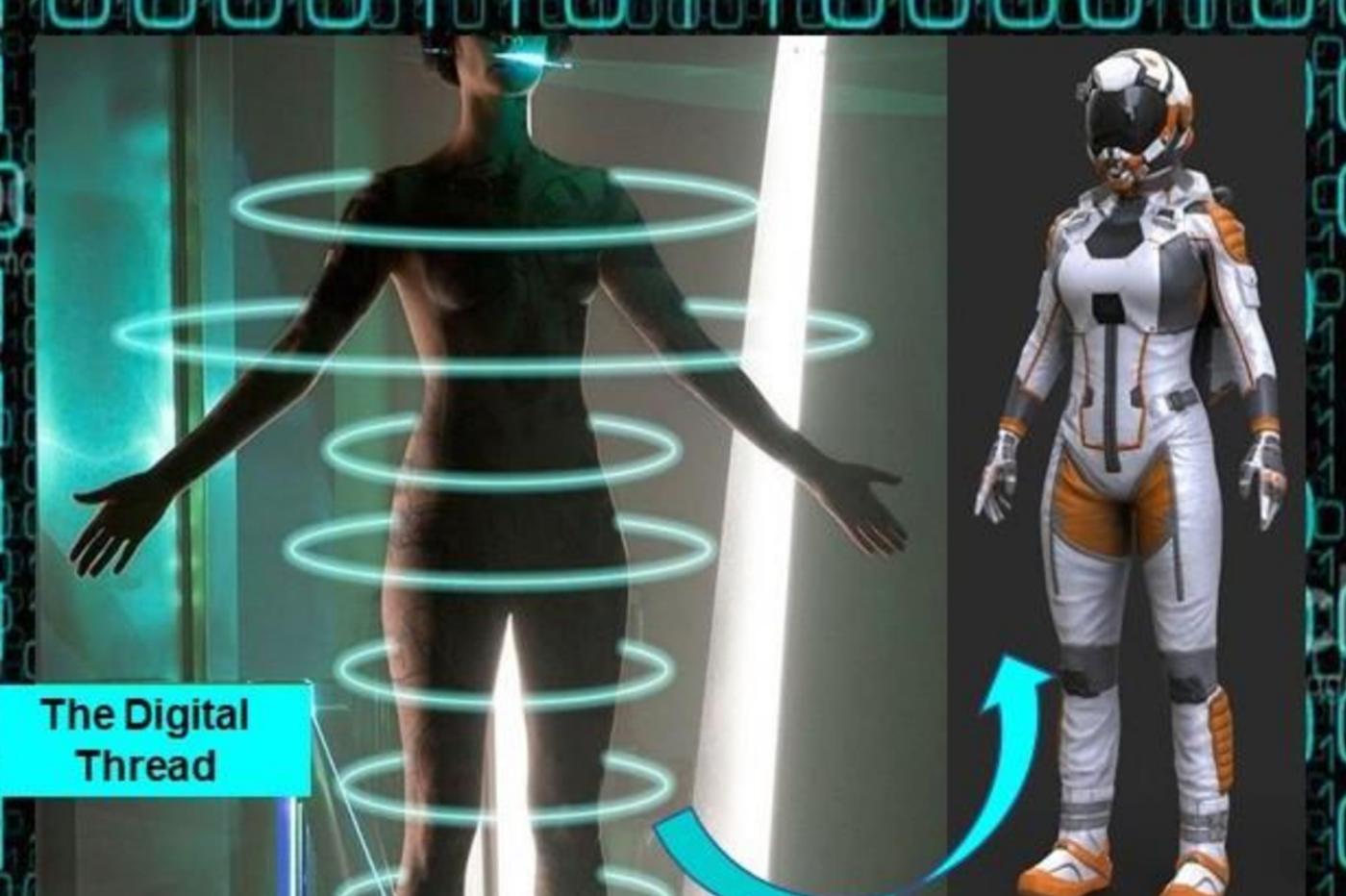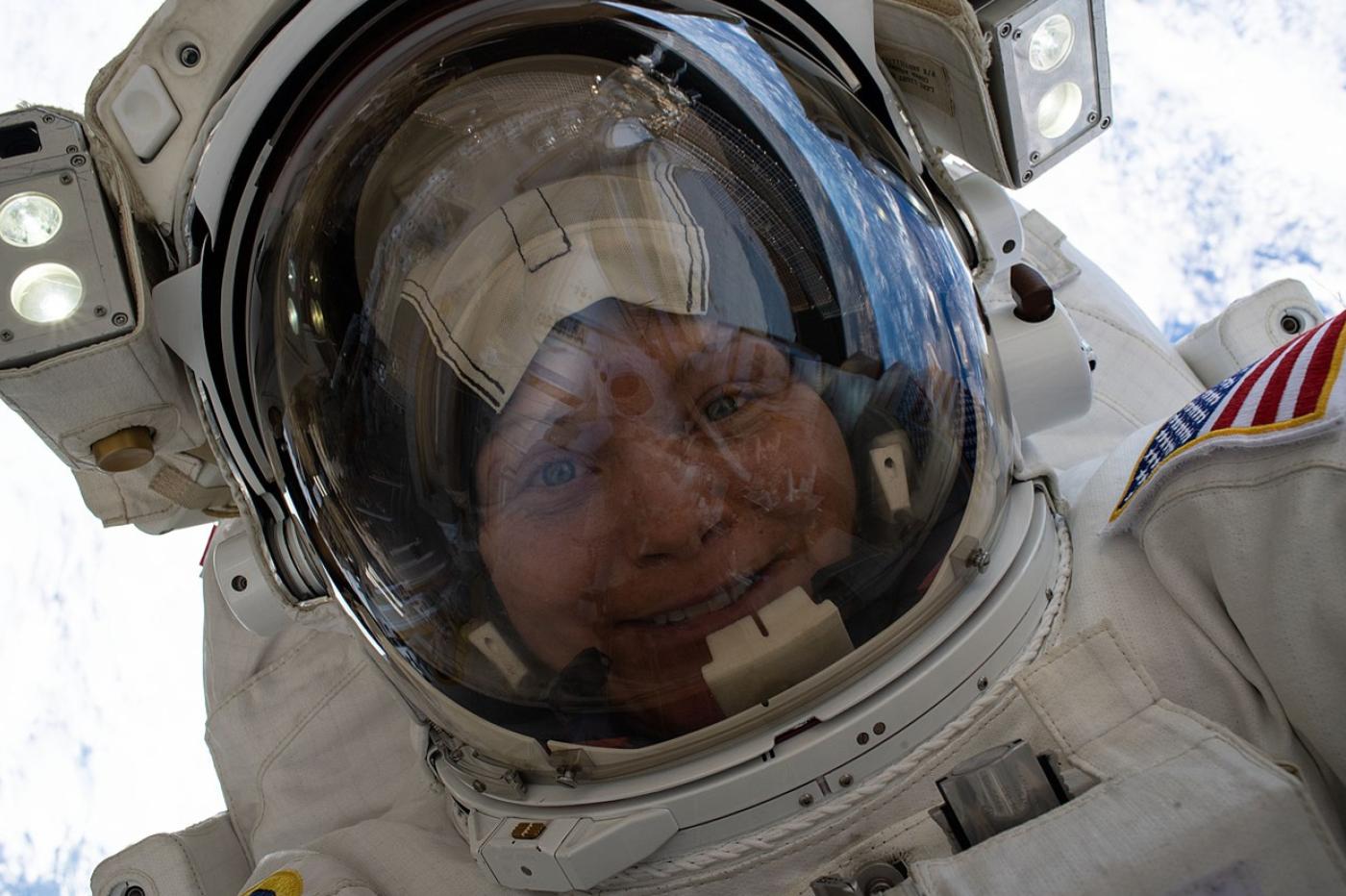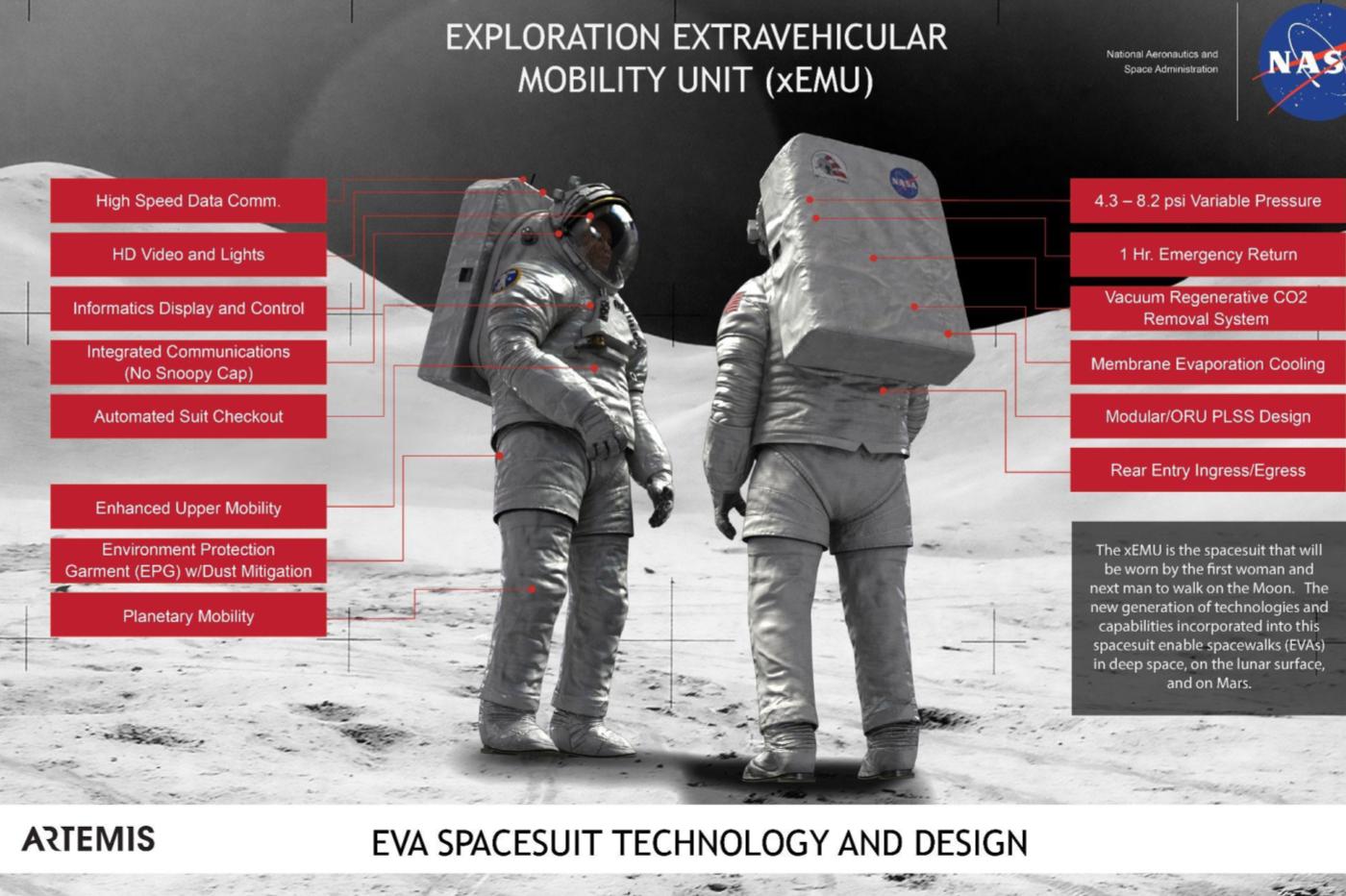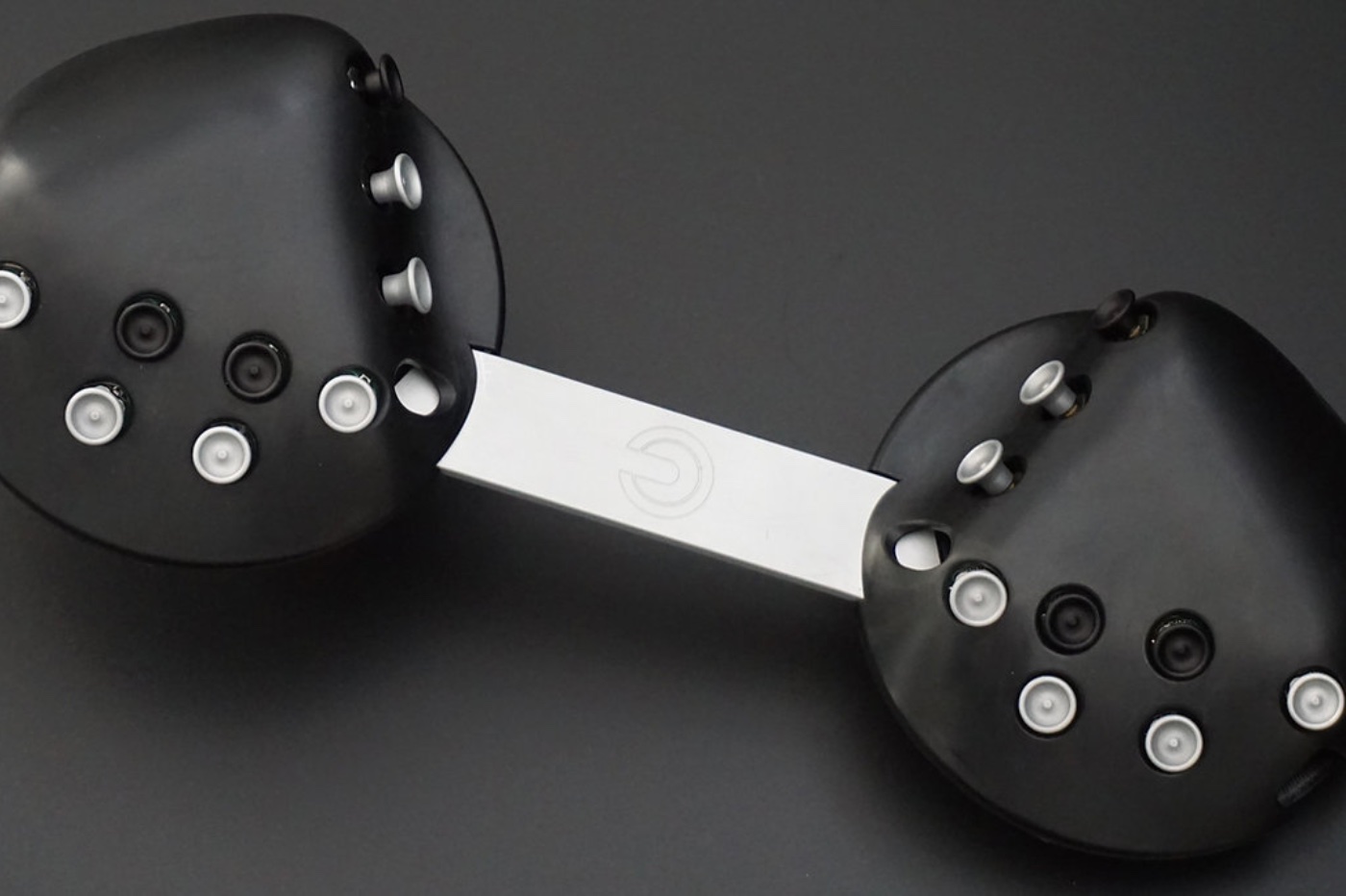
Spacesuits are at the center of a multifaceted puzzle that NASA hopes to get out of with a new automated system.
Since the first spacesuit flight by Yuri Gagarin in 1961, the logistics of spacesuits have remained a real headache for space agencies. These true gems of engineering are, in essence, no more and no less than spaceships in human size and shape; they are therefore exceedingly difficult to design, produce and maintain in good condition. This poses availability issues for astronauts, especially for women, and NASA hopes to fix that.
To illustrate this situation, the best example is certainly the famous misadventure of astronaut Anne McCLain. During her visit to the ISS in March 2019, she should have been part of a great first: the first exclusively female extravehicular mission (EVA). Unfortunately, nothing went as planned due to a problem with the star of the day’s suit.
The reason: a vulgar size problem. Once there, the astronaut realized that his suit was slightly too big, the fault of the microgravity conditions. However, there is no room for approximation in the vacuum of space, and considering an exit in these conditions was not an option. The only remaining possibility would have been to replace the elements that were too large; this is a perfectly normal process, since the suits are modular and intended for this purpose.
But it is also a complicated operation that requires several hours of careful preparation; a deadline unfortunately incompatible with the time allotted to the mission. Anne McClain therefore preferred to give up her place in order to stay on schedule.

An example of a niche representative of a larger problem
In the end, this episode will not have had any consequences on the mission itself. On the other hand, he again demonstrated that there is a huge disparity at this level; indeed, a significant part of NASA’s suits still date from the 1970s, at a time when the vast majority of astronauts were men.
Today, this proportion has evolved, but women remain largely in the minority; since spaceflight began, only 11% of astronauts have been women. But the trend is changing; the ISS now welcomes more women than ever, which poses a real logistical problem of access to suits.
NASA, which is currently working on the next generation of spacesuits, therefore had an idea to solve the problem not only for female astronauts, but also for all possible and imaginable morphological cases: to develop a scanner capable of producing custom suits.

Made-to-measure, a fundamental component of tomorrow’s space
Bonne Dunbar, a specialist in aerospace engineering at the University of Texas A&M, is convinced: for her, it is the lethal weapon to solve a problem that never ceases to give headaches to NASA for decades. She believes that once matured, such a system could produce a combination perfectly suited to each individual.
Even better: this system would be the basis of a complete platform that would not only manage construction, but also repair and adjustment, directly on site and in record time. A radical paradigm shift which, despite its somewhat anecdotal airs, could well become a fundamental element of the future of aerospace.
This would be a real logistical revolution that would help to democratize access to space for all body types, regardless of gender, age, and any other external parameter. In practice, this would make it possible to multiply extravehicular missions. It could also significantly improve the working conditions of astronauts by offering them lighter and more mobile suits.
It will also be an essential element to ensure the safety of long-term missions, which cannot rely solely on the equipment initially on board. Finally, it could also be a crucial element for the development of space tourism.



